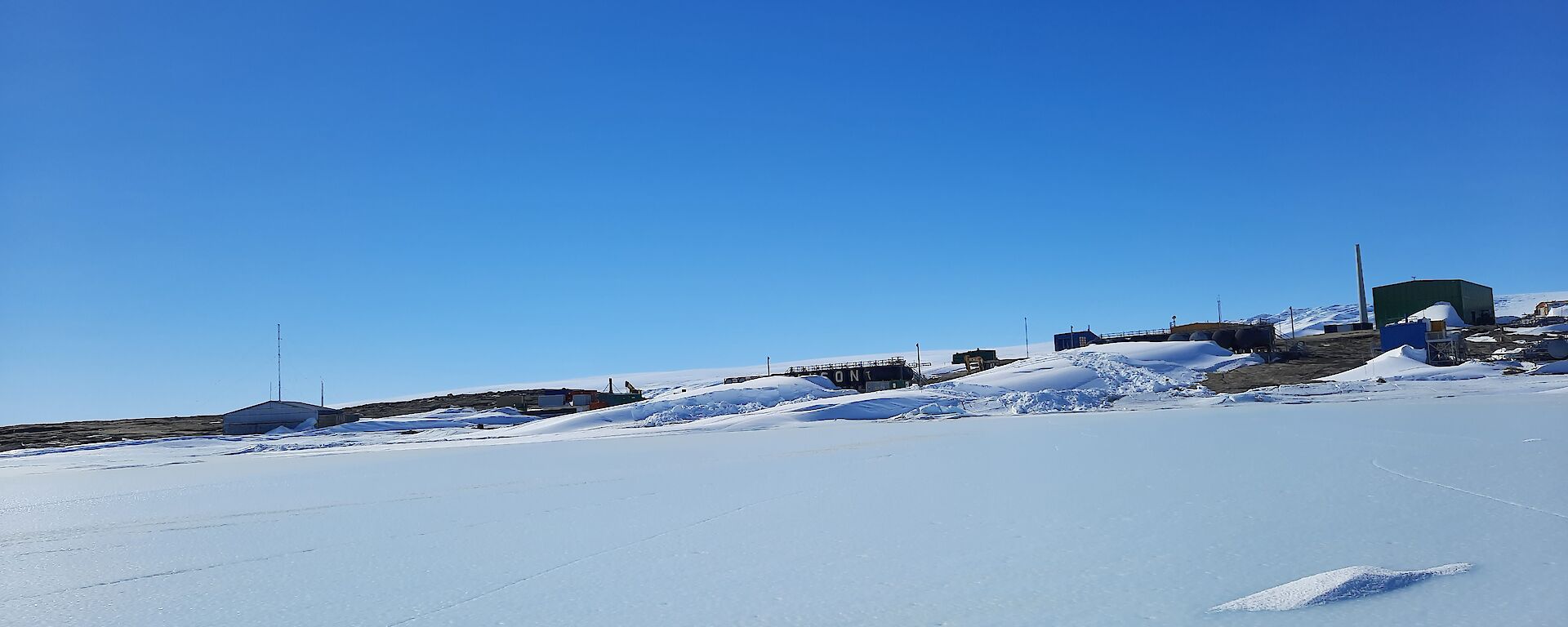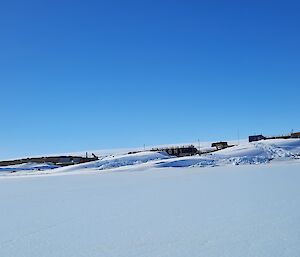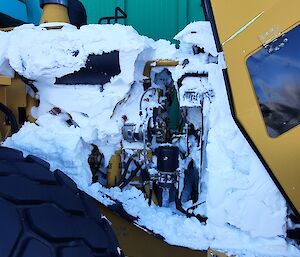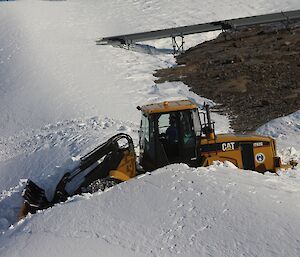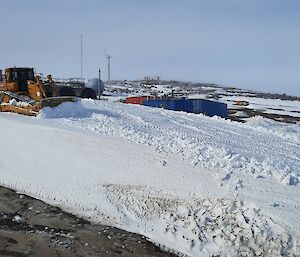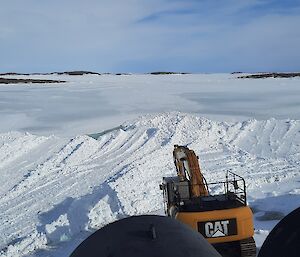Well to start with a well-worn cliché, time has certainly flown since my last contribution on the exploits of the 74th ANARE team wintering at Mawson. My last entry was shortly after the fly-off from the MPV Everest with just our precious personal affects and a shortened supply of tools, equipment and revised amount of food — most notably the last batch of home brew and an assortment of alcohol rations for the remaining 11 months or so that we would spend on station.
A lot has changed since March 2020. We have had to work with limited fuel stocks on station, which greatly affected how normal everyday tasks would be approached. This created reduced amenities, as well as a reduced scope of work both on station and out at the surrounding huts, namely camera maintenance concerned with the nearby emperor and Adelie penguin colonies.
Closer to station we have had to limit operation of some machines. Snow clearing was curtailed only to times when the tracks around station became impassable to anything other than our trusty Hägglunds.
Mawson doesn’t get as much snow as Casey or Davis, but when it does it accumulates quite quickly. Our latest delivery of snow arrived over three days of 100 knot plus winds, with very limited visibility when the sun was out. There were some parts of the station that were just left for “blizz tails” to form.
Each year around the end of spring, coming into summer season, each station has its own unique snow clearing ritual.
For Casey it is Wharf Road, the only link between the wharf and station which must be open and ready to accept all the traffic carrying fresh supplies and return cargo back and forth.
Davis station usually has the preparation of the over ice resupply, sea-ice runway and opening of Whoop Whoop, the inland ski-way for intracontinental flights between stations.
For us at Mawson, it’s the annual clearing of snow from our wharf area and both the upper and lower fuel farms in preparation for the station resupply.
Its not an overnight job by any stretch. The blizz tails are quite deceptive in size, unless seen by drone or if parked on top of them in a dozer or excavator. This season I have been working in the excavator, with our station mechanical supervisor, Dane, in the dozer. With a couple of minor hiccups — namely other duties, the odd blizzard lasting up to a week and this past week’s ice storm — we are starting to make some progress.
The only place to dump the unwanted snow is the sea ice in Horseshoe Harbour. With Dane methodically pushing the snow seawards and me piling it up behind him, we have managed to clear one area with just the larger tail to go. By the end of this week we should have a bit of real estate back.
It won’t end there though. We will still have to rely on the sun to finish the job for us once the rocky terrain starts absorbing some heat. We also require the sea ice to deteriorate so that Kista Strait and the harbour are open water when our new icebreaker RSV Nuyina arrives in February.
Sounds simple, but that wasn’t the case last time around. Fingers crossed for a successful resupply.
Cheers Simon W.

